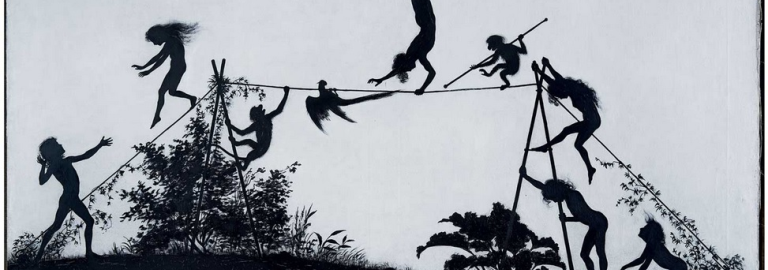
If history is told by the victors then the story of art is told by its famous movements and artists. But like all history there are figures and groups that flourish and fade, artists that grab hold of public attention but just as quickly disappear into obscurity. Artists and Prophets at the National Gallery focusses on a forgotten group of artists from German-speaking countries at the turn of the 19th and 20th centuries who saw themselves as modern-day messiahs.
At the core of the exhibition is a loose collection of artists who achieved cult status with dedicated followers in the Germanic lands. Outsiders in an increasingly mechanised Europe they preached that mankind should return to old-fashioned religious and pastoral ways. In many cases they rejected the modern world completely and gave themselves up, barefoot and clad in robes, into the wilderness.
German art of the 20th Century is unavoidably linked to one of the darkest periods of European history. Perhaps the most fascinating thing about this movement is that even though it mostly precedes the First World War it still contains a sinister undercurrent. It’s easy with hindsight of course to burden German pre-war culture with what we know now, but the artists’ cult-like desire for veneration provides a chilling precedent for what’s coming.

